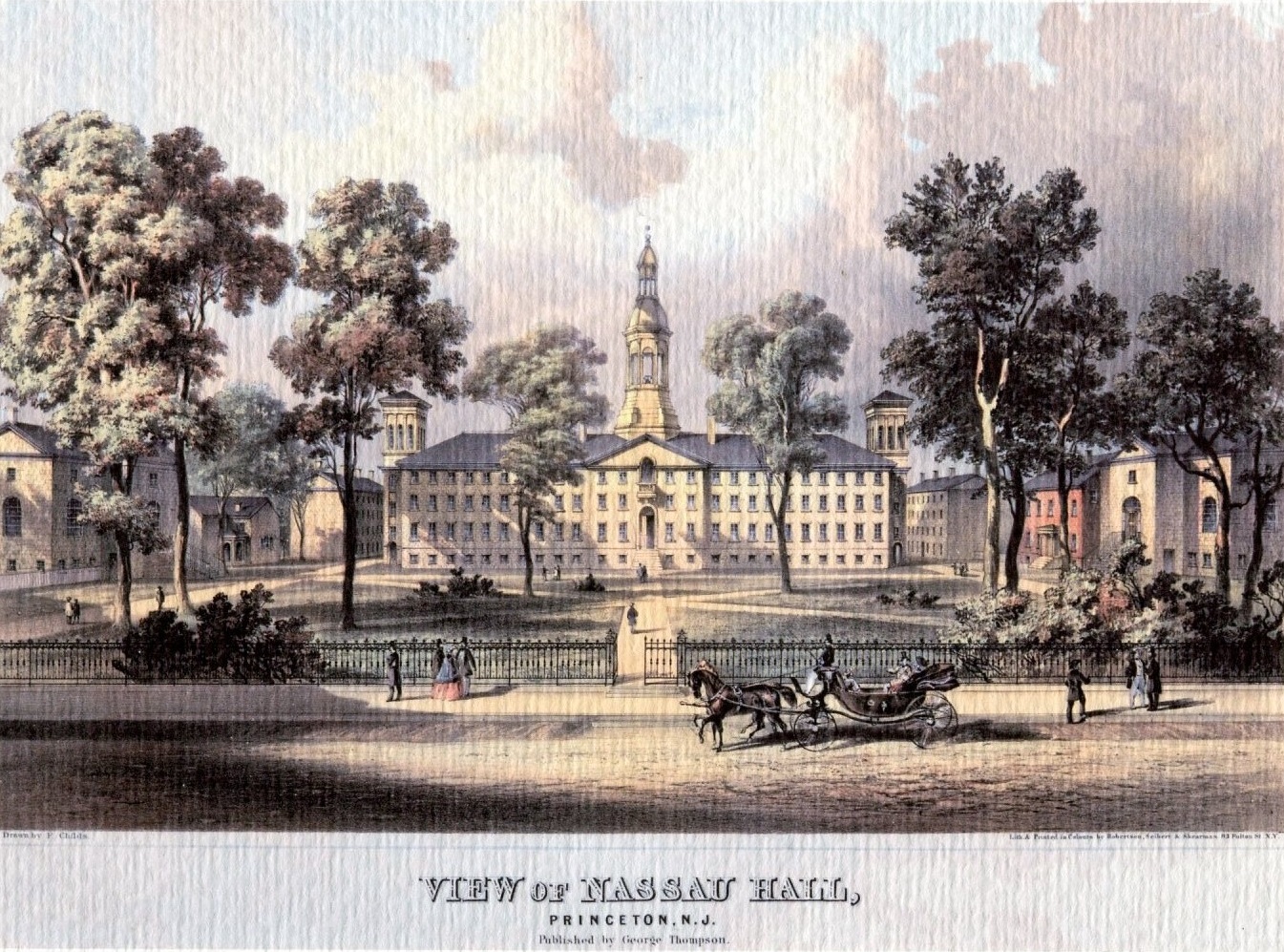-
A Message from Valencia L. Johnson, Project Archivist for Student Life
By Valencia L. Johnson Hello everyone! My name is Valencia L. Johnson and I am excited to venture into a new role at Princeton University Library’s Seeley G. Mudd Manuscript Library, home of the University Archives and the Public Policy Papers. I have been a part of the Mudd team since June 2017 starting off…
-
Acción Puertorriqueña and Divisions among Puerto Ricans at Princeton
By Mario Garcia ’18 Founded in 1972, Acción Puertorriqueña—later known as Acción Puertorriqueña y Amigos—was a student group initially consisting of Puerto Rican undergraduates and later allies who sought to create spaces for Puerto Rican cultures on Princeton’s campus through cultural events and student-led activism. Such celebratory events included the beginnings of Latino Graduation in…
-
A Campus Divided: The Iraq Wars and Princeton University
This post is part of a series on education and war related to our current exhibition, “Learning to Fight, Fighting to Learn: Education in Times of War,” on display through June 2018. Please stop by to learn more. We will be hosting a panel discussion on February 28, 2018 at 1:00PM featuring Robert Rivers ’53, Bob Durkee ’69,…
-
Training for Love and Family: Princeton University’s Marriage Course
In 1927, Ernest R. Groves developed a groundbreaking new course at the University of North Carolina focused on comprehensive preparation for marriage and family life. By the mid-1930s, scattered colleges throughout the United States were offering similar classes to undergraduates, but Princeton joined the group a bit late. The first serious discussions of the possibility…
-
Princeton University and the Spanish American War
This post is part of a series on education and war related to our current exhibition, “Learning to Fight, Fighting to Learn: Education in Times of War,” on display through June 2018. Please stop by to learn more. When the United States intervened on behalf of Cuba in 1898, the naval ship USS Maine sank in Havana Harbor.…
-
Solitary Internment: Kentaro Ikeda ’44
This post is part of a series on education and war related to our current exhibition, “Learning to Fight, Fighting to Learn: Education in Times of War,” on display through June 2018. Please stop by to learn more. On February 19, 1942, President Franklin Delano Roosevelt signed Executive Order 9066, which authorized the Secretary of War…
-
“We Envision a World Where the Night Belongs to No One”: Intersectionality and Take Back the Night
By Mario Garcia ’18 “I’m white, I’m male, I’m middle class,” he said. “This isn’t supposed to happen to me.” On the evening of April 26, 1989, hundreds of students listened to their peer’s testimony as a part of Princeton University’s third annual Take Back the Night march. As one of many speakers throughout the…
-
“The Future Princeton Is Whatever Emerges from the Battle Now Joined”: The Concerned Alumni of Princeton, 1972-1986
By Mario Garcia ’18 In the aftermath of various social movements that transformed the United States throughout the 1960s, the late 1960s and early 1970s served as its own transformative era for Princeton University: with the introduction of undergraduate coeducation, increased enrollment of racial minorities, and formation of the first recognized student group for gay…
-
Do You Speak Princetonian?: The Language of Princeton
By Zachary Bampton ’20 with April C. Armstrong *14 Princetonians past and present have enjoyed the creation and use of language to refer to Princeton-specific places, acts, and things. Here at the Mudd Library, we have combed the archives to put forth some notable and, we think, fun words and phrases to capture what life…
-
The Tigress
In 1969, after several years of experiments integrating women into the classroom, Princeton University announced that it would become fully coeducational, admitting women to all of its degree programs. Female undergraduates brought many changes to Princeton traditions with them, but not all of these are present on the 21st-century campus. One new tradition from the 1970s…
This blog includes text and images drawn from historical sources that may contain material that is offensive or harmful. We strive to accurately represent the past while being sensitive to the needs and concerns of our audience. If you have any feedback to share on this topic, please either comment on a relevant post, or use our Ask Us form to contact us.
